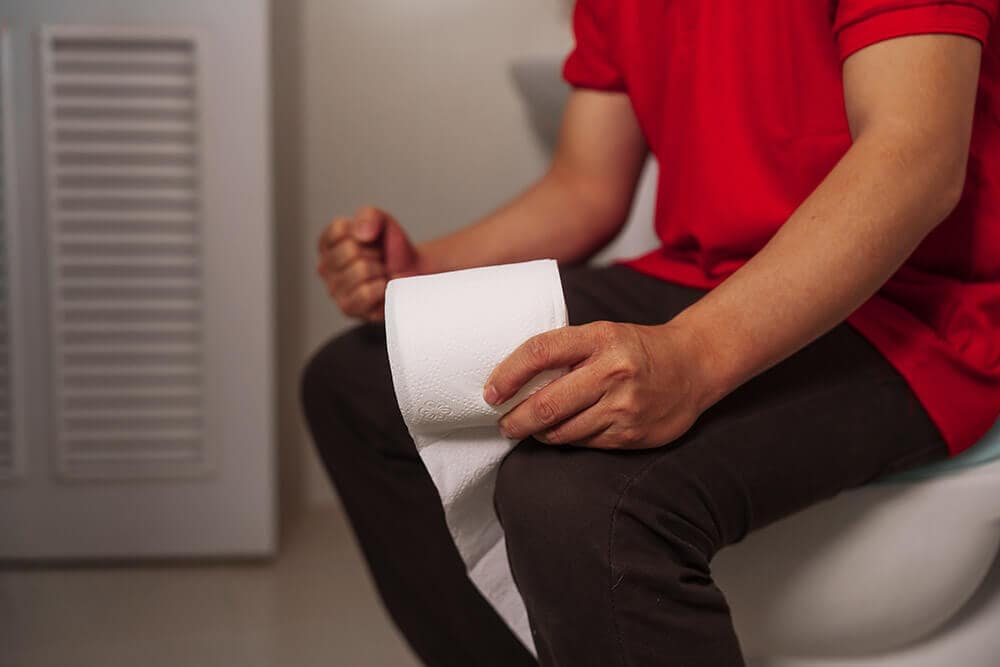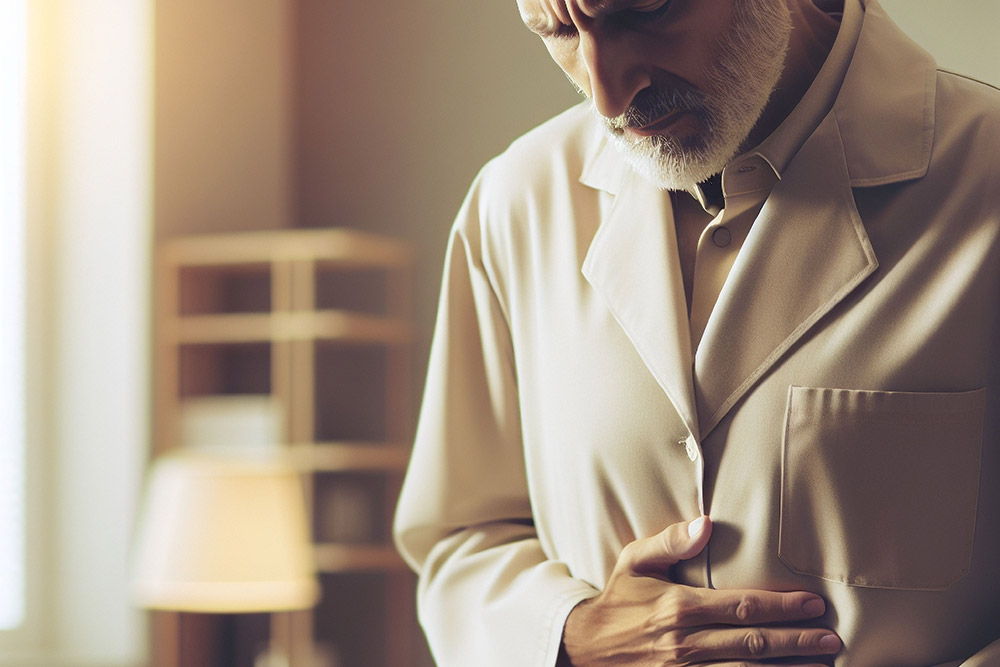What Is Perianal Abscess?
A perianal abscess is a painful lump filled with pus that forms near the anus.
It happens when small anal glands become blocked and infected.
If not treated, the infection can spread or turn into a fistula-a tunnel under the skin.
Common Causes and Risk Factors
- Blocked anal glands or small cuts in the skin
- Bacterial infection or anal trauma
- Crohn's disease and other inflammatory bowel conditions
- Diabetes or a weakened immune system
- Poor hygiene or chronic constipation-worsened by Houston's heat and humidity
Signs and Symptoms
- Sharp or throbbing pain near the anus, especially when sitting
- Redness, swelling, or a firm lump in the perianal area
- Fever, chills, or general fatigue
- Pus or fluid draining from the skin
- Difficulty with bowel movements or a constant urge to go
How Dr. Rishi Diagnoses Perianal Abscess?
Medical History and Symptom Review
Dr. Chadha discusses your pain, bowel habits, past infections, and any risk factors such as Crohn's disease or diabetes.
Physical Examination
He conducts a gentle perianal and digital rectal exam to check for redness, swelling, fluctuance, or drainage.
Imaging Studies
- Ultrasound to pinpoint deeper abscess pockets and guide drainage.
- MRI for complex, recurrent, or high-risk cases to map fistula tracts.
Diagnostic Coding
The diagnosis is recorded under ICD-10 code K61.0 for proper documentation and insurance purposes.
Frequently Asked Questions
What is the ICD-10 code for perianal abscess?
The code is K61.0, used for diagnosis and insurance coverage.
Can a perianal abscess heal without surgery?
Yes. Small abscesses can improve with medicine and follow-up.
How long is the recovery after drainage?
Most people feel better in a few days. Healing usually takes 2-3 weeks.
What causes a perianal abscess?
Blocked glands, infections, bowel disease, or minor injury.
How can I prevent it from coming back?
Eat more fiber, drink water, and keep the area clean and dry.
What is the usual treatment?
Antibiotics, pain relievers, and stool softeners are commonly used.
Do I need to be put to sleep for the procedure?
No. Most abscesses are drained in the office with local anesthesia.
Can diet changes help?
Yes. A high-fiber diet reduces pressure and lowers risk.
When should I see a doctor right away?
If you have high fever, severe pain, or red streaks near the abscess.
Will I get a fistula after an abscess?
Sometimes. Dr. Chadha checks closely and offers care if one forms.











